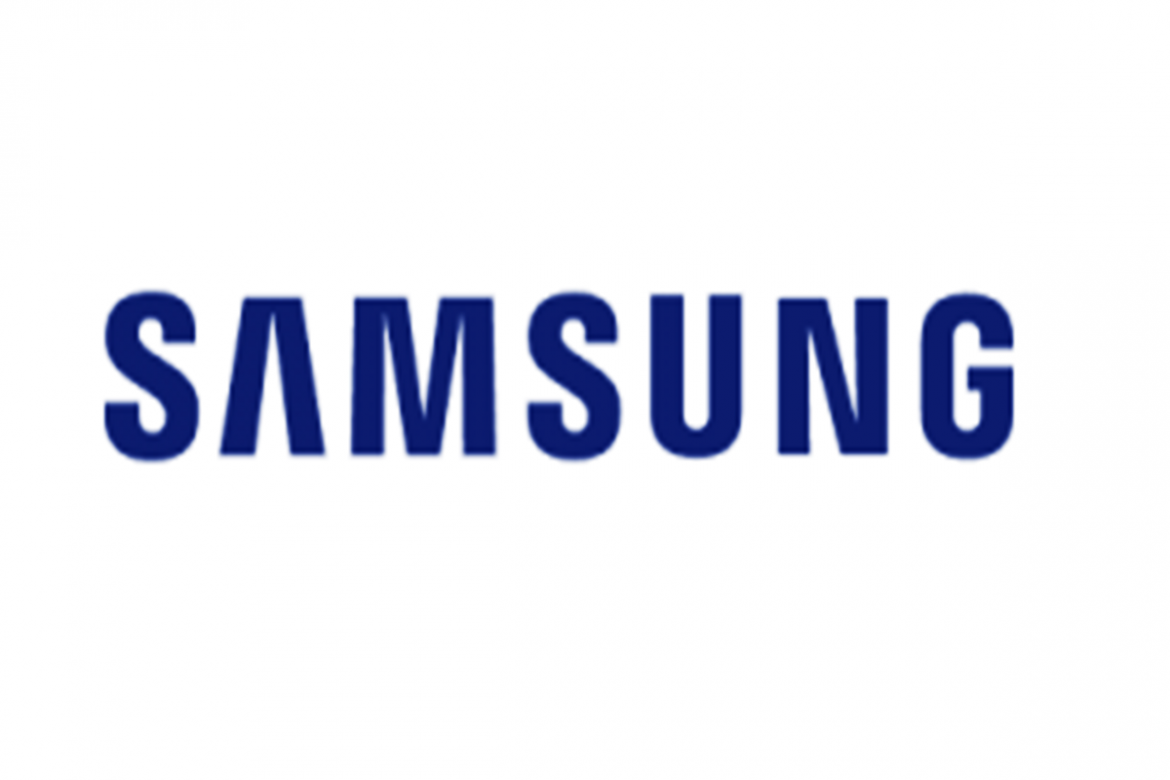After two long years Samsung once again regained the position of becoming number 1 in India’s smartphone market. The South Korean company recaptured the spot in the third quarter (July-September) period with 24 per cent market share.
Samsung became the leading brand in Indian smartphone market with over 32 per cent growth. There are various factors responsible for this which mainly includes various supply chain and touching various price points through new launches. Samsung was also the fastest to recover, surpassing the pre-COVID levels in Quarter 3, 2020. Its aggressive push in online channels, with highest-ever online contribution within its portfolio also helped it regain its number one spot.
Xiaomi slipped to number 2 spot for the first time in two years with 4 per cent YoY decline. According to reports manufacturing constraints due to the COVID-19 situation affected its supply chain, leading to a supply demand gap. Vivo with 16 per cent market share and Realme with 14 per cent share were in the third and fourth position.
India’s smartphone shipments grew at over 9 per cent (YoY) to reach over 53 million units in quarter 3 2020. The highest-ever shipment in a quarter. “In terms of price bands, the mid-tier (Rs 10,000-Rs 20,000) segment registered the highest growth and reached its highest ever share in a quarter,†said senior research analyst Prachir Singh.
The report said that with ramped up manufacturing, strong demand for the Redmi 9 and Note 9 series, aggressive product strategy and growing offline presence, “we believe Xiaomi will come back strongly in the coming quarterâ€.
Vivo grew 4 per cent (YoY) and retained its third position in Q3, driven by strong demand for its Y-series models in offline channels.
In Q3 2020, it entered the premium market with the X50 series and was the first Original Equipment Manufacturer (OEM) to launch a gimbal camera that got positive feedback from consumers. Xiomi has launched ‘Mi store on Wheels,’ Samsung launched Galaxy M01 Core and Vivo announced more retail discounts to increase its sale in the Tier 2 and Tier 3 cities.
The brands are focusing on affordability by announcing cashbacks, promotions and offers on devices.
👉 Click here to read the latest Gujarat news on TheLiveAhmedabad.com





